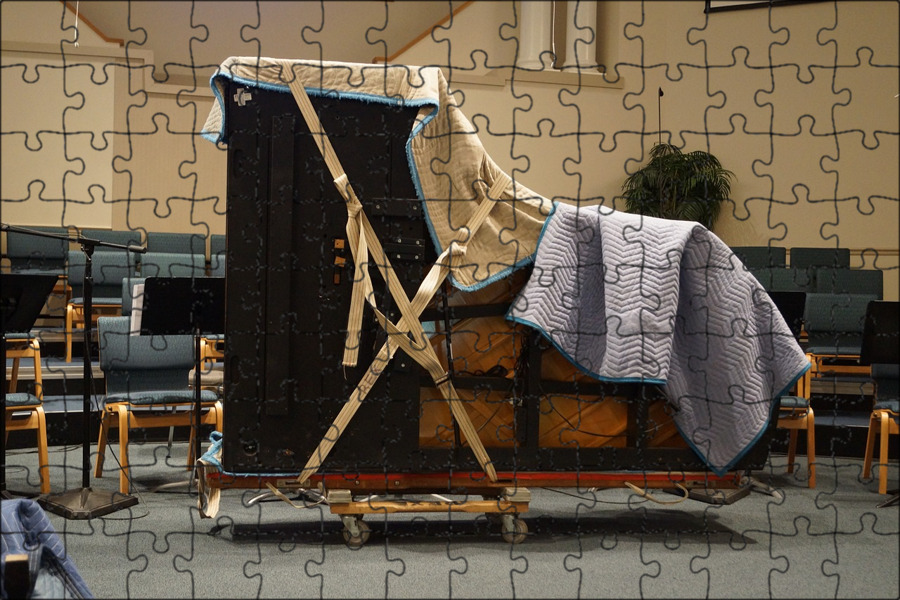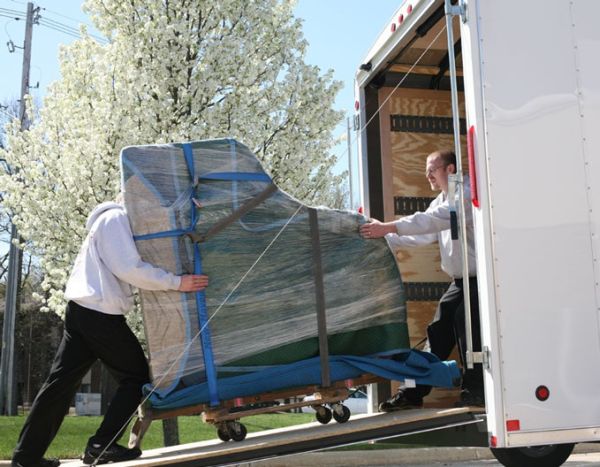How Piano Moving Companies Compute Their Piano Moving Rates
You are about to move and already have a general moving company in mind. Everything is going well, but then you realize that you still have another problem – your piano. Transporting your piano is a challenging task. Your general moving company may offer to transport it, but this is risky. If the mover does not specialize in moving pianos, it could lead to serious injury or damage to you, your family, your home, and the piano.
Aside from knowing that you need a professional piano mover, you should also know the cost of moving and transporting the piano. The service provider considers several factors before coming up with the final rate, which could be hourly or flat. The hourly rate includes labor costs and the use of equipment. Most professional piano moving companies use a flat or fixed rate, which they usually base on their previous experience and other variables.

The general method of moving a piano
A professional piano mover employs different methods to prepare and move the piano depending on its style and size. For example, a baby grand piano requires dismantling some parts. They typically move smaller and other types of pianos in one piece.
The professional piano mover has moving blankets and pads, shrink wrap, locking belts, a skid board, a moving dolly, and a specially equipped truck. They also bring other tools to dismantle the piano safely if needed. Let’s talk what goes into piano moving prices?
Factors contributing to the final cost
Professional piano movers consider various factors to determine the final cost of moving and transporting the piano. Many of them base it on experience, but of course, other physical variables play a part in cost computation. Here are the factors.
Piano shape
Grand pianos have a unique shape, so they are more difficult to handle. Therefore, the rate is higher. The piano moving company will ask you the type, make, model, and size of your piano before they calculate the final cost, including the value of the equipment, and estimate the tools and labor needed for the job.

Age and size of the piano
The average weight of a piano is 750 pounds and 1,500 pounds for larger models. Bigger and heavier pianos need more resources, such as dollies and special boards. An upright piano’s requirements are more straightforward. When talking with a service provider, be specific about the type of piano you have, its size, and age.
Distance of the move
Another contributing factor is the move’s distance, fuel consumption measures, and distance. They may also require a specially-equipped truck with hydraulic lifts, ramps, dollies, boards, clips and rings, and moving pads and blankets. They need specialized equipment to prevent damage to property and people.
Insurance
Professional movers offer free insurance for pianos worth up to $5,000. If the item’s value is higher, the movers usually charge $10 to $15 for every $1,000 (based on the 2022 average rate).
Other obstacles and features
Contributing to the cost are the things that may hinder the job. For example, narrow hallways, doorframes, walls, flights of stairs, corners, and the piano’s location. If the movers need to climb stairs, some charge per step, while others have a fixed rate per staircase. You should check if the mover charges extra for other hindrances. Further, some movers charge additional fees for dismantling and crating.
Knowing the factors contributing to the piano moving prices helps you estimate a budget. Check these factors with the mover you want to hire and determine their standard rate. Remember that the professional mover may charge for other miscellaneous tasks, such as extra fees for rush or rescheduled moves, climate-controlled storage, and piano tuning. Likewise, moving related items, such as the piano stool, costs additional.
